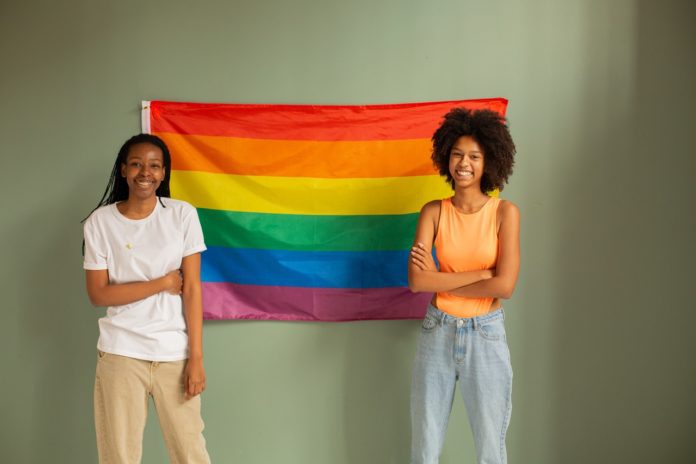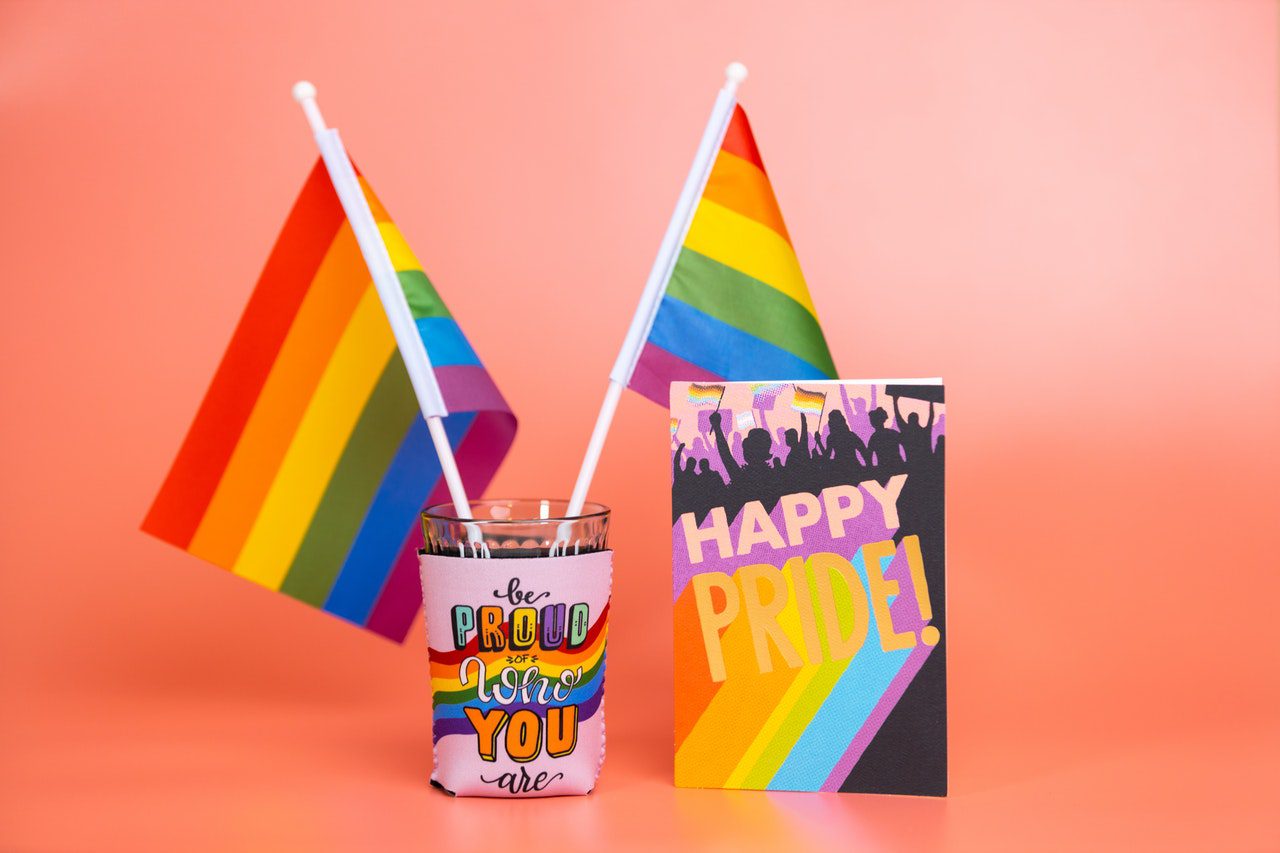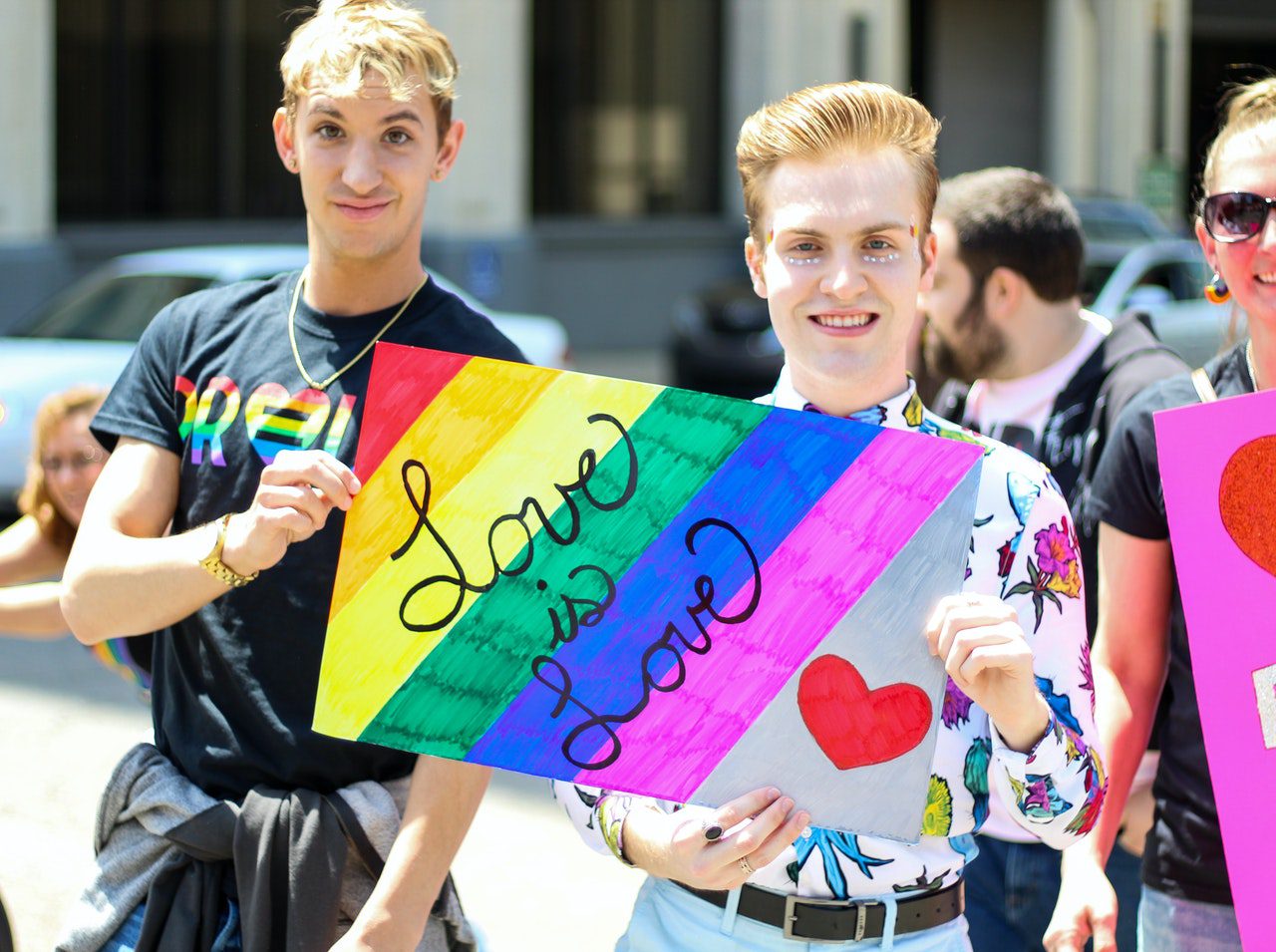June has long been recognized as LGBTQ Pride Month in honor of the Stonewall Riots that took place in New York City in June 1969. It’s not uncommon to see the rainbow flag proudly displayed as a symbol of the LGBTQ+ rights movement throughout Pride month. But how did the rainbow become a symbol of LGBTQ pride?
It all started in 1978 when Gilbert Baker, an openly gay artist, and drag queen, designed the first rainbow flag. Baker later revealed that Harvey Milk, one of the first publicly elected gay politicians in the United States, had asked him to create a symbol of pride in the gay community. Baker decided to make that symbol a flag because he saw flags as the most powerful symbol of pride.
As he later said in an interview: “Our job as gay people, as I said, was to come out, to be visible, to live in the truth, and to get out of the lies. The flag is perfect for this mission because it’s a way of expressing your point of view and saying, “This is who I am!” Baker saw the rainbow as a natural flag in the sky, so he chose eight colors for each of the stripes. Each color has its own meaning (sex is hot pink, life is red, healing is orange, sunlight is yellow, nature is green, art is turquoise, harmony is indigo, the spirit is purple).
The first version of the rainbow flag was flown on June 25, 1978, for the San Francisco Gay Freedom Day Parade. Handmade by a team of bakers and volunteers, he now wanted to mass-produce a flag for consumption by all.
However, due to production problems, the pink and turquoise stripes were dropped, indigo was replaced with the basic blue, and the flag became the modern six-stripe flag (red, orange, yellow, green, blue, purple). Today it is the most common variant of the rainbow flag, with a red stripe at the top, like a natural rainbow. The different colors reflect both the immense diversity and unity of the LGBTQ community.
It was in 1994 that the rainbow flag truly established itself as a symbol of LGBTQ pride. That year, Baker created a mile-long version for the 25th anniversary of the Stonewall Rebellion.
Today, the rainbow flag is an international symbol of LGBTQ pride and can be seen waving proudly in good times and challenging times worldwide.




